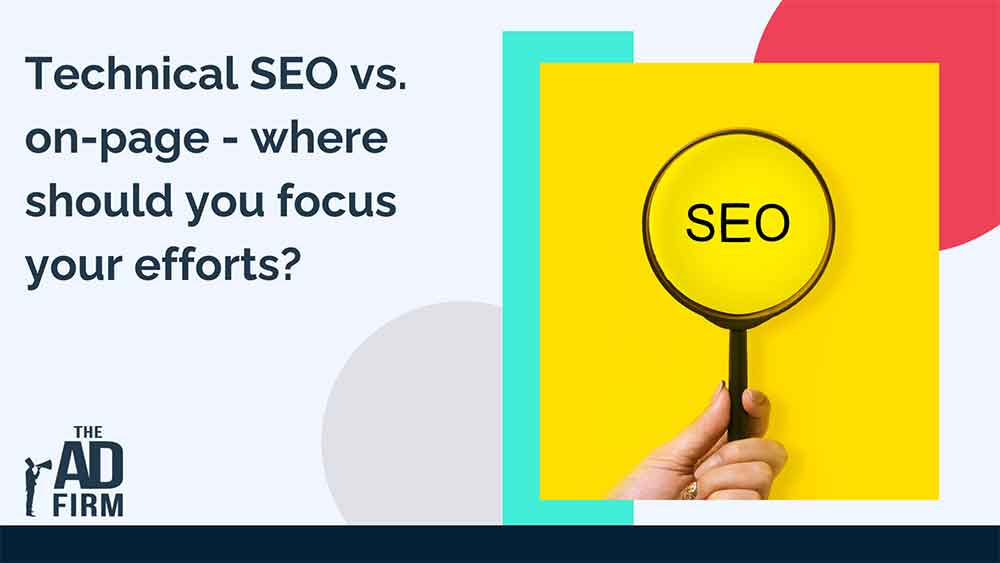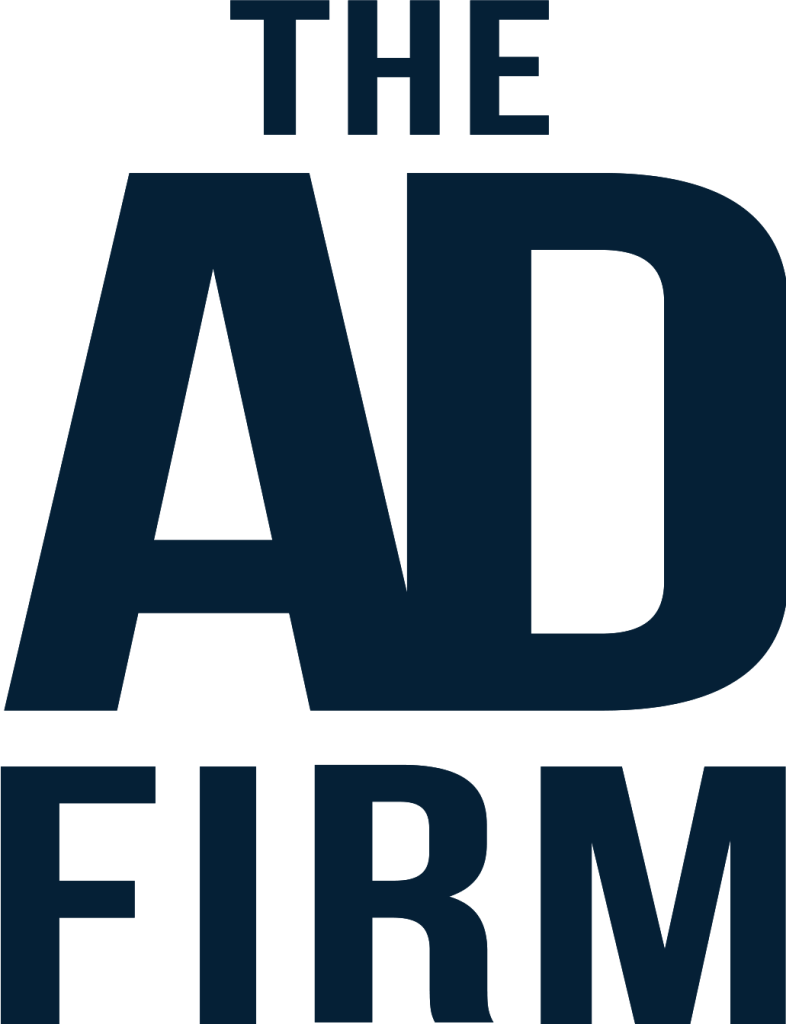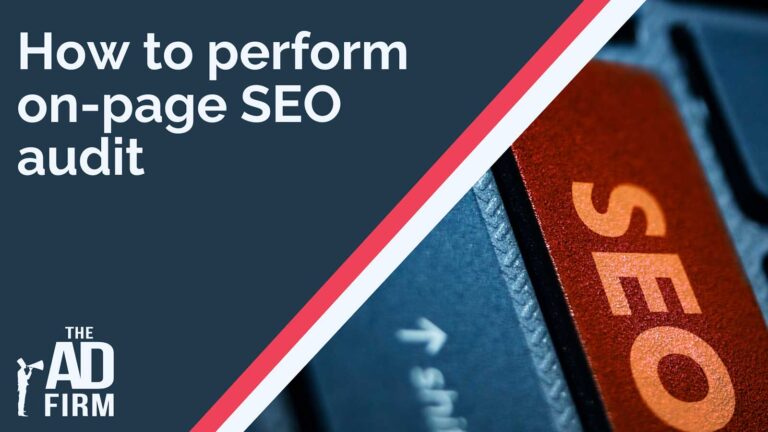Search Engine Optimization (SEO) stands as the cornerstone of successful digital marketing. Within its realm, two essential facets emerge: Technical SEO and On-Page SEO. In this detailed exploration, we dissect the core elements of Technical SEO and On-Page SEO. Understanding these two facets is key to not just surviving but thriving in the competitive digital landscape. Join us as we embark on a journey to uncover the strengths and synergies of Technical and On-Page SEO, offering you a roadmap to effectively balance and harness their potential.
What is Technical SEO?
Technical SEO refers to the array of strategies and practices implemented on the backend of a website to enhance its foundation and infrastructure for search engine crawling and indexing. It’s a critical subset of SEO that deals with the technical aspects that, while not always visible to users, are fundamental to a website’s performance and search engine rankings.
This branch of SEO delves into optimizing server and website configurations to improve the search engine’s ability to crawl, understand, and index content effectively. It encompasses a broad range of technical elements, from site architecture and speed optimization to mobile responsiveness and security. These optimizations are vital because they help search engines like Google to easily navigate and interpret a website. A technically sound website not only ranks better in search results but also offers a more pleasant and intuitive experience for visitors, encouraging them to stay longer and engage more with the content.
Let’s explore the key elements of Technical SEO that play a pivotal role in enhancing your website’s visibility and user experience.
Spider-Friendly Code
Streamlining your website’s code is crucial for efficient search engine crawling. Clean, well-organized code makes it easier for search engine spiders to navigate and index your site’s content, enhancing its visibility.
Content Management Systems (CMS)
A crucial aspect of web development is choosing a CMS that is optimized for SEO. An SEO-friendly CMS will have features that make managing meta tags, URLs, and other SEO elements more straightforward, thereby aiding in better site optimization.
Site Speed/Page Speed
As a significant Google ranking factor, site speed affects both user experience and SEO. Fast-loading pages improve user engagement, reduce bounce rates, and are favored in search rankings.
Mobile Usability
With the increasing prevalence of mobile internet users, ensuring that your site is mobile-friendly is essential. A mobile-optimized site not only provides a better user experience but is also ranked higher by search engines.
Robots.txt
This file is used to instruct search engine bots on which parts of your site to crawl and which to ignore. Properly configuring robots.txt can help focus search engines on your most important content.
XML Sitemaps
XML sitemaps act as a roadmap for search engines, listing all important pages on your site. This makes it easier for search engines to find and index your content, improving your site’s search visibility.
301 Redirects
Using 301 redirects helps to maintain link equity when a page’s URL is changed. It ensures that users and search engines are directed to the correct page, preserving your site’s SEO value.
Fully Qualified URLs
Utilizing absolute URLs for internal links helps prevent crawl errors and ensures that search engines can accurately understand the structure and hierarchy of your site.
Structured Data Markup
Implementing structured data helps search engines better comprehend the content and context of your web pages. This can lead to enhanced search listings, like rich snippets, which improve visibility and click-through rates.
Canonical Tags
These tags are used to resolve duplicate content issues by specifying the preferred version of a web page. This is important for maintaining SEO integrity and avoiding penalties from search engines.
Server Maintenance
Regular server maintenance, including checking for errors and updating plugins, is vital for ensuring that your site remains secure and functions optimally, which is crucial for both user experience and SEO.
Siloing
Organizing related web pages into a clear, hierarchical structure improves the thematic relevance and authority of your content. This organization helps search engines and users alike in finding relevant content more efficiently.
What is On-Page SEO?
On-page SEO is a crucial facet of optimizing your website, focusing primarily on SEO content creation and how it’s presented to both visitors and search engines. It’s about ensuring that every element on your web pages – from the text to the images – works harmoniously to create a compelling and engaging user experience. This aspect of SEO is akin to fine-tuning each note in a symphony; every element must resonate perfectly to produce a harmonious user experience that captivates and converts.
The essence of On-Page SEO lies in its ability to make your website’s content not just visible but also irresistibly engaging for your audience. It involves a meticulous blend of art and science – art in crafting content that speaks to human emotions and science in aligning that content with technical criteria set by search engines. This includes optimizing the content itself, the HTML source code, and the overall structure and layout of the page.
Content Quality
Content quality reigns supreme in the realm of On-Page SEO. It’s about creating valuable, informative, and entertaining content that resonates with your audience. High-quality content is what keeps your visitors engaged, reduces bounce rates, and encourages them to explore your site further. It’s not just about what you say, but how well you say it – making sure that your content is not only informative but also enjoyable to read.
Keyword Optimization
This involves strategically placing the right keywords throughout your content. It’s a delicate balancing act – ensuring that your content naturally incorporates keywords that your audience is searching for while avoiding overstuffing. Effective keyword optimization helps search engines understand the relevance of your content to specific search queries, thereby boosting your visibility in search results.
Meta Tags
Meta tags are brief snippets of text that describe a page’s content; they include meta titles and descriptions. These tags don’t just inform search engines about the subject of your page but also serve as a first impression for users in the search engine results pages (SERPs). A well-crafted meta description can be the deciding factor that entices a user to click on your link over another.
Image Optimization
In the visual age of the internet, images on your site play a pivotal role in engaging visitors. Optimized images enhance the appeal of your content, improve page load times, and offer an additional opportunity to incorporate relevant keywords through alt tags and file names.
URL Structure
A well-structured URL is clear, concise, and descriptive. It should give both users and search engines an idea of what the page is about, enhancing the overall usability and SEO performance of your site.
Internal Linking
Implementing a strategic internal linking structure boosts the SEO value of your pages. It helps in distributing page authority throughout your site and improves the navigability for users, enhancing their overall experience.
Technical SEO vs. On-Page SEO: Where to Focus Your Efforts
Deciding where to focus between Technical SEO and On-Page SEO can often feel like choosing between the foundational bricks and the aesthetic appeal of your website. Both elements are critical: Technical SEO is the robust infrastructure that ensures your site is accessible and understandable to search engines, much like a strong foundation supports a house.
On the other hand, On-Page SEO is about the content and user experience, similar to the interior design that makes a house appealing and comfortable.
To know which aspect to focus on, start by:
Assessing Your Website’s Needs
Examine your website with a critical eye, looking for any technical issues that could hinder your search engine visibility. These can include questions like:
- Are slow loading times, poor mobile optimization, or crawl errors (aspects of Technical SEO) hindering your site’s performance?
- Are you struggling with low engagement, high bounce rates, or poor SERP positions, possibly due to weak content, inadequate keyword optimization, or poor user experience (elements of On-Page SEO)?
Identifying which areas are lacking gives you a clear starting point for your SEO efforts.
Balancing Strategies
Effective SEO isn’t about choosing one over the other but finding a harmonious balance. If technical shortcomings are glaring, address these first as they form the bedrock of your site’s performance. Quick technical fixes can often lead to immediate improvements in site functionality and SEO performance.
Once these are in place, shift your attention to refining your on-page elements – enhancing content quality, optimizing for relevant keywords, and ensuring a seamless user experience. This phased approach ensures that both aspects of SEO get the attention they deserve.
Long-Term SEO Planning
SEO is a continuous process that demands regular attention and adaptation. The digital landscape is always evolving – with search engine algorithms updating and user preferences changing. Therefore, continuous monitoring, analysis, and tweaking of both technical and on-page factors are essential. Keep abreast of SEO trends and algorithm updates, regularly audit your site, and update your content to stay relevant and competitive.
How Do You Determine Whether You Should Focus on Technical SEO or On-Page SEO?
It ultimately comes down to understanding your website’s needs and finding a balance between the two. Below, we will discuss a few scenarios that can help guide your decision.
If Your Website is New
If you have a brand new website, it’s essential to start with technical SEO. This ensures that search engines can properly crawl and index your site, setting a strong foundation for future SEO efforts. Once the technical aspects are in place, shift your focus to on-page elements.
If Your Website is Established But Not Ranking Well
In this scenario, it’s crucial to conduct a thorough audit of your site. Identify any technical issues that may be hindering your SEO performance and prioritize fixing them. Once the technical aspects are addressed, shift your attention to on-page elements such as content quality, keyword optimization, and user experience.
If Your Website is Performing Well in Search Results
If your website is already ranking well in search results, it’s important to maintain and continually improve upon that success. This involves regularly auditing your site for any technical issues and constantly improving on-page elements such as content quality and user experience.
If Your Website Has Been Neglected or Not Updated Regularly
In this case, it’s essential to start with technical SEO to ensure your site is functioning properly. Once any technical issues are addressed, shift your focus to updating and improving on-page elements such as content quality and user experience.
Check What Your Competitors Are Doing
Are your competitors focusing on technical SEO or on-page SEO? Analyzing their strategies can give you an idea of where your efforts should be focused. If they have a strong emphasis on one aspect, consider balancing your approach by prioritizing the other.
The Importance of Both Technical SEO and On-Page SEO
Technical SEO and On-Page SEO are two sides of the same coin, each playing a crucial role in the overall performance and visibility of your website. Technical SEO lays the groundwork, focusing on the site’s infrastructure and ensuring it’s easily crawlable and indexable by search engines. This backend optimization is vital for making sure that search engines can discover and correctly interpret your site’s content, setting the stage for effective visibility.
On the other hand, On-Page SEO brings this groundwork to life through content that engages and retains the audience. It involves optimizing the visible content of your pages, such as text, images, and meta tags, to resonate with both search engines and users. This optimization ensures that once visitors land on your website, they find relevant, high-quality content that meets their needs, encouraging them to stay longer and interact more with your site.
Together, these two aspects of SEO work in harmony to not only attract visitors but also provide them with a valuable and memorable experience. One is not more important than the other, and both are necessary for the overall success of your website. So, make sure to prioritize both technical SEO and on-page SEO in your digital marketing strategy to achieve optimal results.
Having an experienced digital marketing agency can also be instrumental in helping you navigate the complexities of both technical and on-page SEO. They can provide expert insights, conduct thorough audits, and implement effective strategies to propel your website’s performance and visibility.








